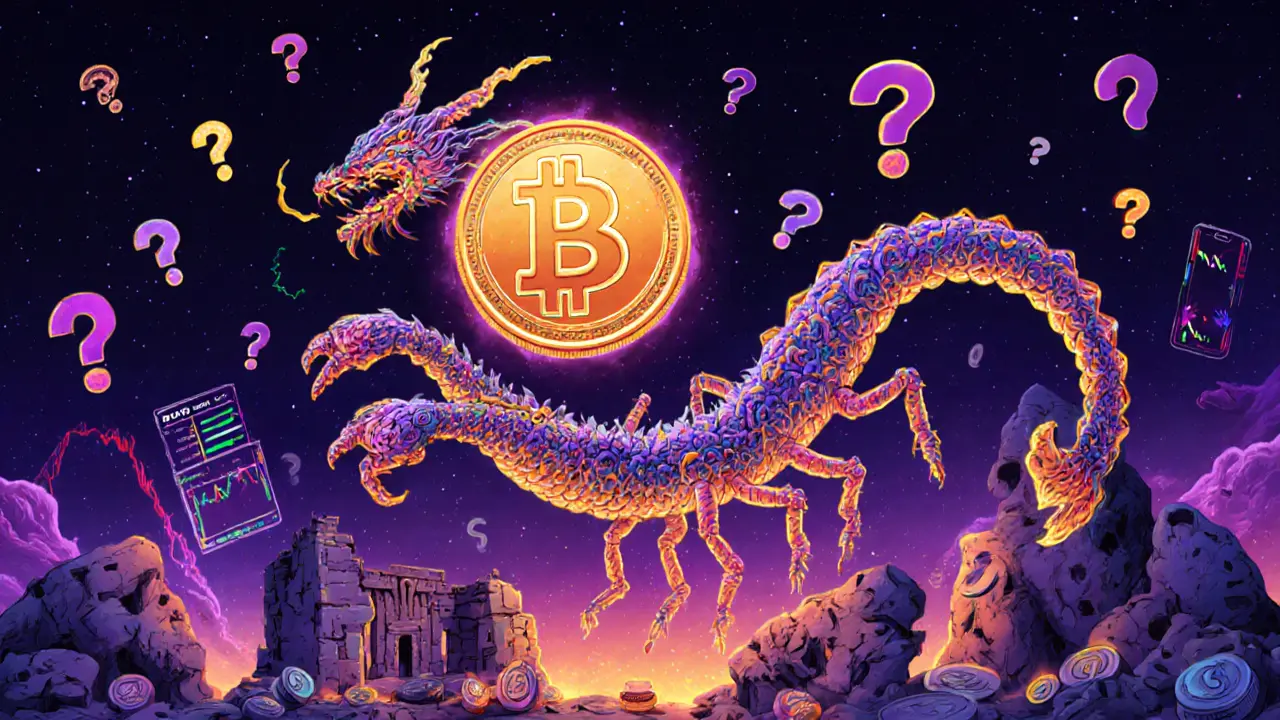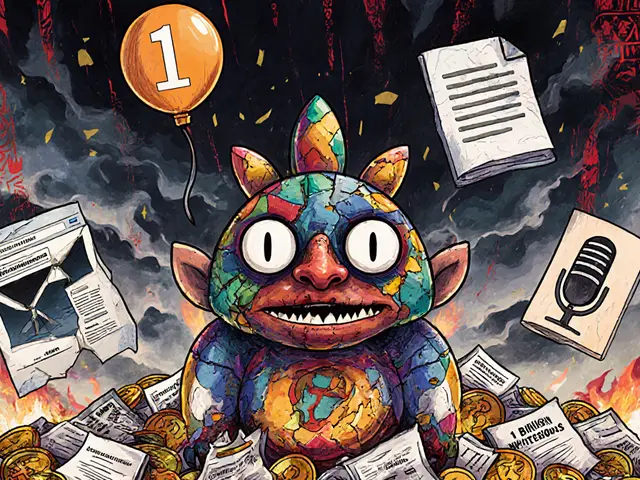STITCH token: What it is, why it matters, and what you need to know
When you hear STITCH token, a blockchain-based utility token meant to link decentralized services and user incentives. Also known as STCH, it's one of many tokens trying to solve the problem of fragmented user experiences across DeFi and Web3 platforms. But unlike tokens that just promise rewards, STITCH was built to actually connect services—like a zipper for crypto apps. Think of it as the glue that’s supposed to hold together different wallets, dApps, and reward systems so your activity in one place doesn’t vanish when you switch to another.
But here’s the catch: most tokens like STITCH never get past the idea stage. Look at the posts below—projects like Franklin (FLY), a micro-cap ERC-20 token tied to a dormant DeFi ecosystem, or BSClaunch (BSL), a Binance Smart Chain token that launched with big promises but vanished, show the same pattern. They get listed, a few people buy in hoping for a pump, and then the team disappears. No updates. No liquidity. No users. STITCH could be next. Or it could be one of the rare ones that actually delivers utility—like ATA token, a privacy-focused token earned through real network participation, which at least has a working product behind it.
What separates STITCH from the dead ones? It’s not the whitepaper. It’s not the Twitter hype. It’s whether people are using it right now. Does it unlock access to real tools? Does it reduce fees? Does it let you earn something you can actually spend? If the answer is yes, then it’s worth digging into. If not, then it’s just another entry in the graveyard of failed tokens. The posts below cover exactly this kind of analysis—how to tell if a token is alive or just pretending. You’ll find deep dives into tokens with real usage, tokens that vanished overnight, and how to avoid getting burned by the next one.










